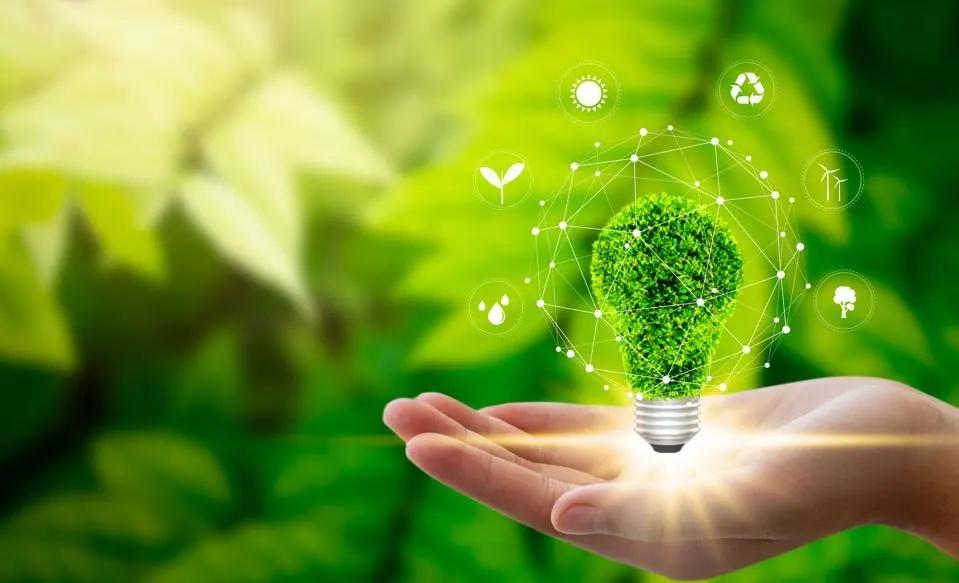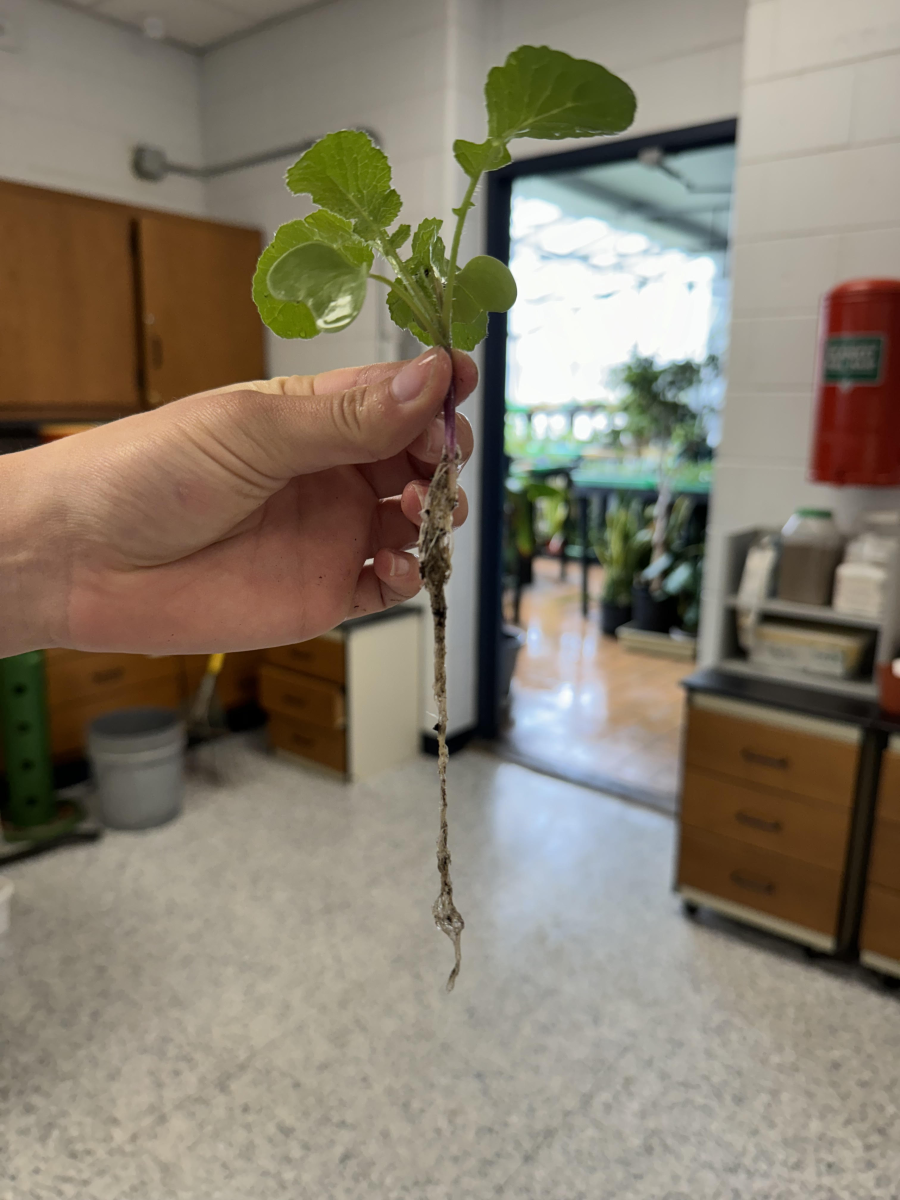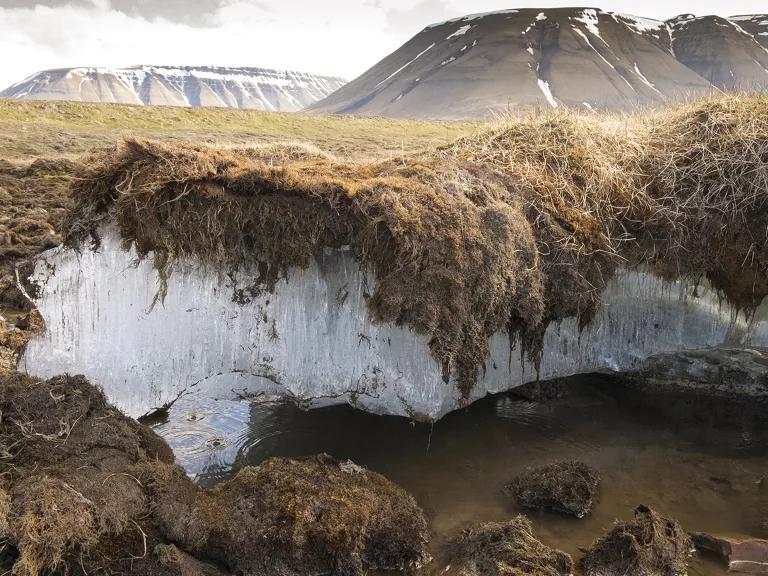Sustainability is defined by Merriam-Webster Dictionary as “the ability to be maintained.” While this definition can be applied to many situations, sustainability in the environmental context refers to the protection of the planet and the conservation of natural resources for future generations. Sustainability becomes more important as the climate crisis continues to grow and has destructive consequences on ecosystems and human life. Living sustainably promotes positive habits that lead to significant shifts in the fight against climate change. While it can feel impossible to make a difference, especially as a high school student, there are many ways individuals can work to improve the state of the environment. Listed are five ways to live more sustainably as an IHHS student.
Conserve Water and Energy
The conservation of natural resources is essential to reducing one’s environmental impact. This can be done by decreasing water and energy usage. The United States Environmental Protection Agency (EPA) has provided simple tips for doing so. Some ways individuals can use less water is by taking shorter showers and turning off the water when brushing their teeth. People should not let the faucet run if it does not need to be running. Additionally, students can reduce their energy usage by turning off lights or appliances when they are not in use. This also includes TVs and chargers. It is typical to overlook the energy consumption of these appliances, but by carrying out such practices, one can reduce their environmental impact. All of these tips are simple to implement and utilize to be more sustainable.
Use Plastic Alternatives
Plastics pose a threat to global ecosystems and greatly damage the environment, polluting oceans and killing wildlife. According to the United Nations Environment Program (UNEP), the world produces 430 million tons of plastic every year and throws away two-thirds of it shortly after. Furthermore, 40% of plastic is single-use, meaning it can only be used once before being thrown away and is commonly not recyclable. When single-use plastic gets thrown away, it breaks up into smaller pieces, called microplastics. These microplastics are hard to detect but have been found in water, wildlife, and humans, causing hormonal imbalances, reproductive issues, and even cancer, reports the Natural Resources Defense Council (NRDC).
Another environmental threat comes from the greenhouse gasses emitted during the plastic production process. (CIEL). Using alternatives to plastic whenever possible can greatly reduce the impact of this issue. Some alternatives include using a reusable water bottle and bringing reusable cups to local coffee shops. In addition to reusable cups, buying a reusable straw can also limit plastic use. Using reusable glass Tupperware can also help reduce one’s carbon footprint. Even plastic toothbrushes can be replaced with more sustainable alternatives, most often made of bamboo. Overall, people should be aware of the plastic they use daily and look to replace those items with non-plastic, reusable alternatives.
Make Sustainable Purchases
When looking to reduce one’s carbon footprint, choosing what and what not to buy can have a large impact, reports the EPA. Students can use their money as a way to advocate for more sustainable practices, leading to a more sustainable marketplace. Every product purchased has an environmental impact that is often overlooked in daily life. When online shopping or walking through a store, one should think about the environmental impact of each product. Learning this information is essential to creating a more sustainable lifestyle as one can become a more conscious consumer. If potentially buying a product, consider the materials used to manufacture it, the manufacturing process, packaging, and transportation to stores. Added all up, is the item still worth the purchase? In addition to these questions, one can also look at the vendor of the product. Is it necessary to buy the product brand new or can the same item be found in a secondhand store? According to the Washington Post, secondhand shopping is becoming more accessible as online secondhand retailers become more prevalent. These sites include Depop, Craigslist, eBay, Mercari, thredUP, and Goodwill’s new website, GoodwillFinds. Even small changes to daily shopping habits can have an impact on the environment.
Limit Transportation
Transportation is a significant contributor to climate change with cars and other forms of transportation leading to smog, air pollution, and high levels of greenhouse gas emissions. About one-third of the United States’ total emissions come from transportation, reports the Center for Biological Diversity. Public transportation is often the best option when biking and walking are not convenient. This is because public transportation uses less fuel and emits less than other forms of transportation, reducing the rate of increase in smog levels. According to the United States Department of Transportation, public transportation also conserves land and reduces the opportunity for the pollution of water sources due to the construction of roads. For high schoolers in suburban New Jersey, there are limited opportunities for public transportation use, however, that doesn’t mean transportation habits can’t be adjusted to be more sustainable. The UNEP recommends individuals try carpooling whenever possible and biking or walking for shorter distances. When public transportation is available, it is recommended to utilize these services to reduce environmental impacts.
Diet Adjustments
Eating less meat, especially red meat, can greatly reduce one’s environmental impact, according to the Union of Concerned Scientists. Adjusting one’s diet provides a great opportunity to become more sustainable because the food industry produces 30% of global greenhouse gas emissions, with the meat industry making up a large portion of that percentage. In addition to emissions, the production of meat leads to excessive water usage, pollution, and habitat destruction. Meat production is also responsible for 37% of pesticide use in the US, threatening wildlife and humans by creating toxic byproducts, reports the Center for Biological Diversity. Individuals can protect wild habitats, fight climate change, promote food justice, reduce food waste, and conserve water just by eating less meat. Whether one eliminates meat from their diet as a whole or uses meatless alternatives more often, they are making a large impact that reduces their environmental footprint and aids the climate crisis.
It can be incredibly daunting to take action against climate change, especially as a high school student. Despite this fear though, individuals, including high school students, can make a difference by taking action using the practices listed above. Every small step can help fight climate change. If everyone attempts to make these changes, the community will make incredible progress toward a more sustainable future and a healthy planet.







